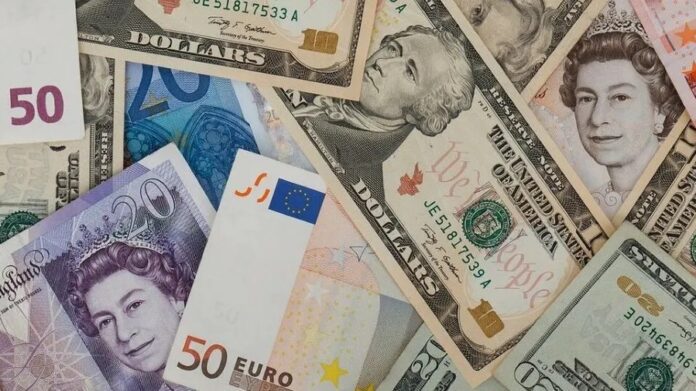In the complex global landscape of currencies, various factors come into play to determine their strength and value. Economic growth, political stability, global demand, and natural resources all play pivotal roles in shaping the strength of a nation’s currency. The latest Forbes rankings highlight the dominance of the Kuwaiti Dinar as the world’s strongest currency, surpassing even the widely used US dollar, which secured the tenth spot.
Key Factors Influencing Currency Strength:
- Economic Growth: Economic prosperity is a fundamental factor contributing to the strength of a currency. Countries with robust and sustained economic growth often witness increased demand for their currency on the international stage.
- Political Stability: Political stability is crucial for maintaining confidence in a currency. Countries with stable political environments are more likely to attract foreign investments, positively impacting the strength of their currency.
- Global Demand: The level of global demand for a currency is a key indicator of its strength. Currencies that are widely accepted and utilized in international trade and finance tend to hold higher values.
- Natural Resources: Endowment with valuable natural resources, such as oil, can significantly impact a currency’s strength. Nations with abundant resources often experience increased demand for their currency due to economic stability.
Forbes’ Top 10 Strongest Currencies:
- Kuwaiti Dinar
- Bahraini Dinar
- Omani Rial
- Jordanian Dinar
- Gibraltar Pound
- British Pound
- Cayman Island Dollar
- Swiss Franc
- Euro
- US Dollar
Insights into the Kuwaiti Dinar:
Introduced in 1960, the Kuwaiti Dinar has consistently maintained its position as the world’s most valuable currency. Forbes attributes this to Kuwait’s economic stability, driven by abundant oil reserves and a tax-free system. The currency’s high demand further emphasizes its standing in the global financial landscape.
Contrastingly, the US dollar, despite being the most widely traded currency globally, secured the tenth spot. The Euro, representing the Eurozone, holds the ninth position, showcasing the dynamic nature of currency values.
Understanding the factors influencing currency strength is crucial for assessing the global financial landscape. The Forbes rankings shed light on the intricate interplay of economic growth, political stability, global demand, and natural resources in determining the strength and value of currencies. As the world continues to navigate economic complexities, these rankings serve as a reminder of the multifaceted nature of currency dynamics.







